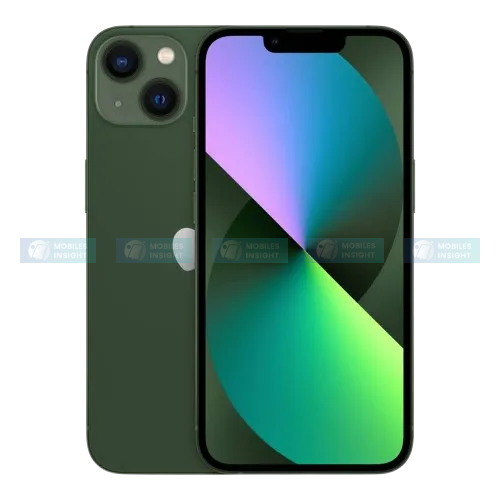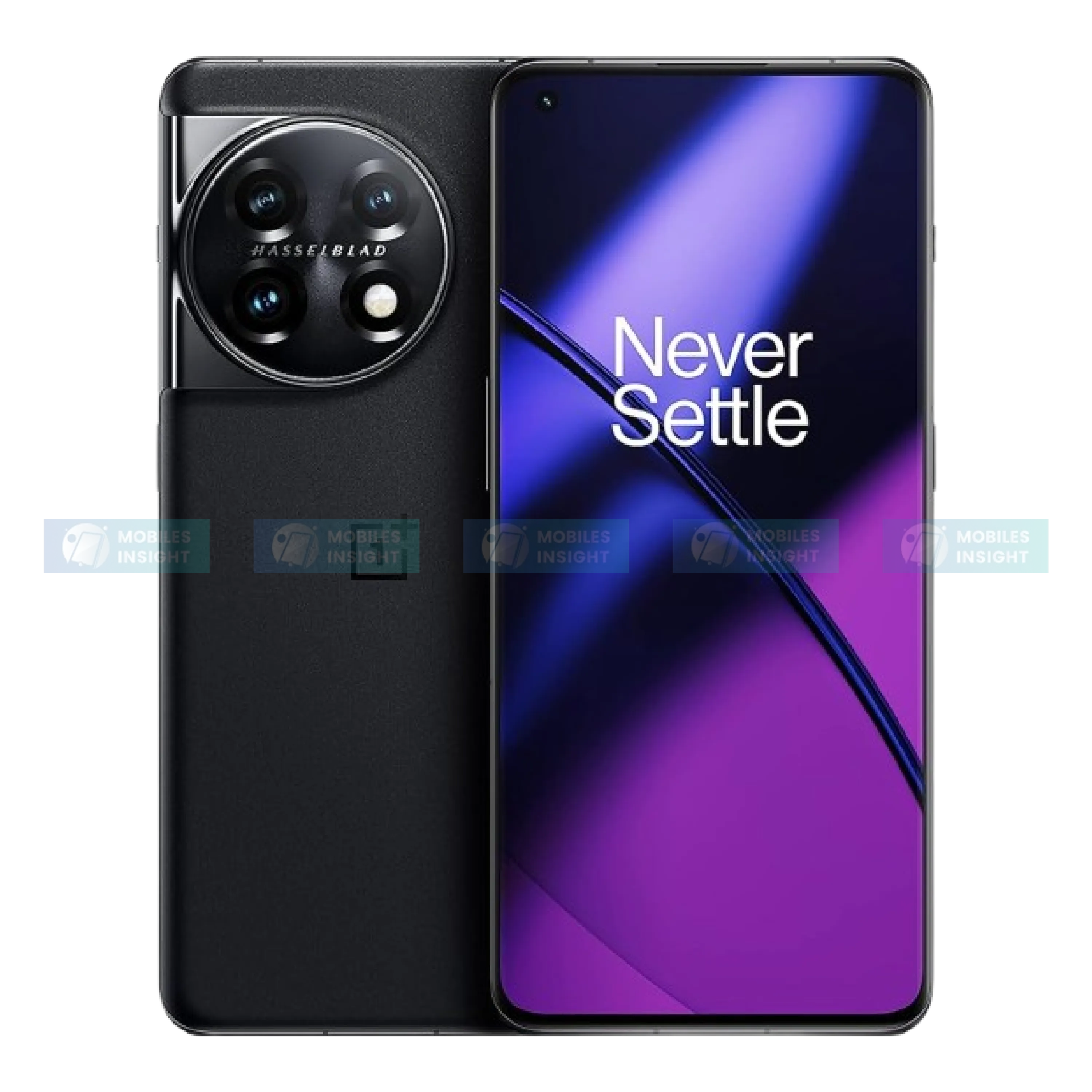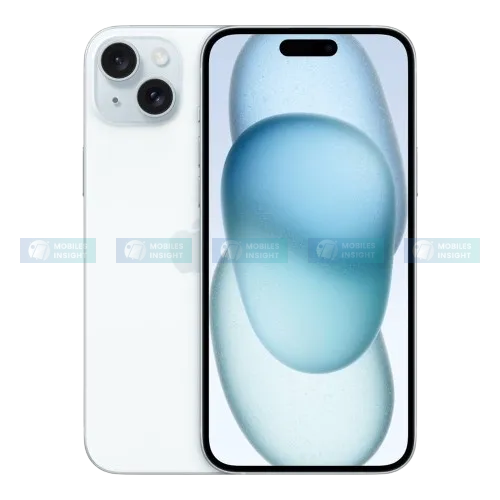
Meta Hypernova Glasses Leak: AI-Powered AR Wearable Could Launch This Month
The rumored Meta Hypernova Glasses are expected to change wearable technology with AI-powered intelligence and advanced AR features in a slim and lightweight design. Unlike regular smart glasses, Hypernova may offer real-time translation, smart notifications, health tracking, and mixed-reality experiences powered by Meta’s AI system. Industry experts believe the launch could happen this month, showing Meta’s strong move to lead the AI and AR wearable market ahead of Apple and Samsung. If true, Hypernova could be the biggest step toward a future where glasses replace smartphones as our daily digital companion.
What are the Meta Hypernova Glasses?
I explored trusted sources and found that Hypernova (possibly branded “Celeste”) is Meta’s first smart glasses with a built-in display. The glasses, made in partnership with EssilorLuxottica, come with a small HUD on the right lens that shows alerts, maps, basic apps, and notifications.
The device uses a custom AI chip to work with Meta AI, Maps, Messenger, and more. It also comes with a modern wristband that reads tiny muscle signals (sEMG) from your hand, making it easy to control the glasses without touching them.
Meta Hypernova (a.k.a. Celeste) Smart Glasses: A Tech Enthusiast’s Overview
Design & Reveal
Meta’s Hypernova smart glasses are expected to be officially revealed at Meta Connect 2025 in mid-September. They are Meta’s first consumer-ready smart glasses with a built-in display, bridging the gap between voice-only wearables and full AR headsets like Orion.
Made in partnership with EssilorLuxottica, the frames have a classic Ray-Ban style but are slightly thicker and stronger to fit the advanced hardware inside.
Built-in Display & Hardware Capabilities
The main feature is a monocular Heads-Up Display (HUD) in the right lens. It shows notifications, maps, messages, and even small apps. The display has about a 20° field of view, which balances comfort and usability. Meta’s CTO Andy Bosworth says this choice is simpler, lighter, and cheaper than using dual displays.
AI & Software Suite
Hypernova will run on a lightweight version of Horizon-OS, which is based on Android. It will include core apps like Meta AI assistant, Maps, WhatsApp, Facebook Messenger, and a camera app. The focus is on real-time, context-aware AI that gives quick information on demand rather than full mixed reality experiences.
Gesture Control via sEMG Wristband
One standout accessory is the sEMG wristband, codenamed Ceres. Made through Meta’s CTRL Labs, this band reads signals from wrist and hand muscles to allow silent gesture controls like pinching, swiping, rotating a cursor, and subtle typing. A study in Nature shows this interface works precisely without cameras or touchpads, offering a private and smooth way to interact.
Pricing, Timeline & Market Outlook
- Estimated Price: Around $799–$800, much lower than previous guesses of $1,000–$1,400.
- Launch Event: Expected at Meta Connect 2025 around September 17.
- Production & Sales Forecast: Analyst Ming-Chi Kuo expects mass production in Q3 2025, with total shipments of 150,000–200,000 units over two years. This cautious start reflects the experimental nature of the product.
Market Position & Strategic Significance
Meta currently holds about 73% of the global smart glasses market thanks to the success of Ray-Ban Meta at $299. Hypernova could be Meta’s key wearable for AR, giving affordable access to contextual computing just before more expensive devices like Apple’s Vision Pro at $3,499. It is a strategic move to bring smart glasses to the mainstream before AR technology fully matures.
When Will Meta Hypernova Be Released?
According to leaks, Hypernova is likely to be unveiled at Meta Connect 2025 on September 17. Pre-orders may start soon after, and deliveries could begin as early as October 2025. Earlier guesses suggested a fall 2025 launch, timed just before Apple’s Vision Pro update.
Real-World Benefits & AI Revolution
Meta's Hypernova is a big step into the future of augmented reality (AR), giving useful features that people can use today. It offers:
-
Hands-Free Navigation and Notifications: The built-in display shows information at a glance, so users can get updates and directions without getting distracted.
-
Meta AI Assistance: With a custom AI chip, Hypernova gives helpful suggestions and makes interacting with the device easier.
-
Seamless Control with Muscle-Gesture Wristband: The sEMG wristband reads muscle signals to perform commands, so users don’t need to use voice or touch.
-
Direct Integration with Popular Apps: Hypernova works with apps like Messenger, WhatsApp, Maps, and AI assistants, making communication and navigation easier.
These features show the idea of "AI for the next generation," providing useful tools today while preparing for fully immersive AR experiences in the future.
Final thoughts
From a tech-savvy perspective, Hypernova is not just a gadget, it is a milestone in the AI revolution for wearables. The device uses a custom AI chip, easy gesture controls, and a fair price to make AR more accessible. It's a step toward a future where glasses become your everyday smart device.
We will have more details at Meta Connect. Meanwhile, keep an eye on Hypernova, as it shows how Meta’s wearable vision works in the real world.
Popular Phone Reviews

Samsung Galaxy A70 Review: Features, Performance, and Value Insights

Apple iPhone 16 Pro Max Review: Features, Performance, and Value Insights

Apple iPhone 12 Pro Max Review: Features, Performance, and Value Insights

Xiaomi Redmi 12 Review: Features, Performance, and Value Insights






